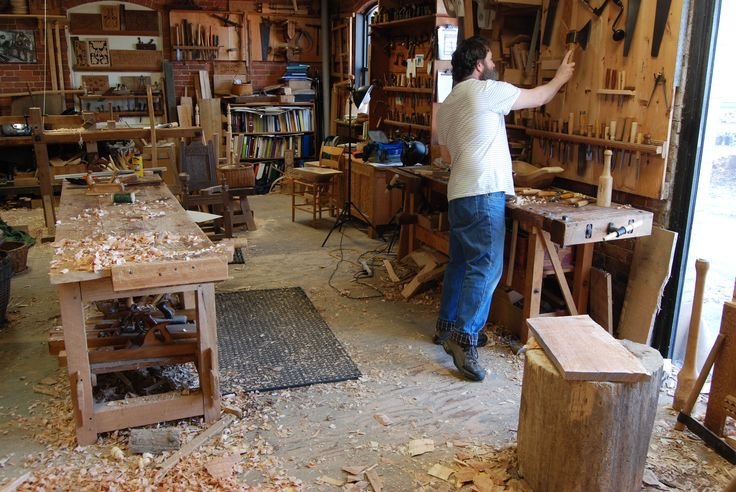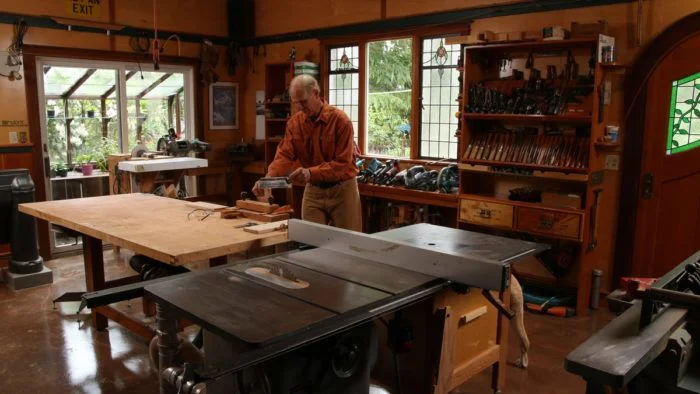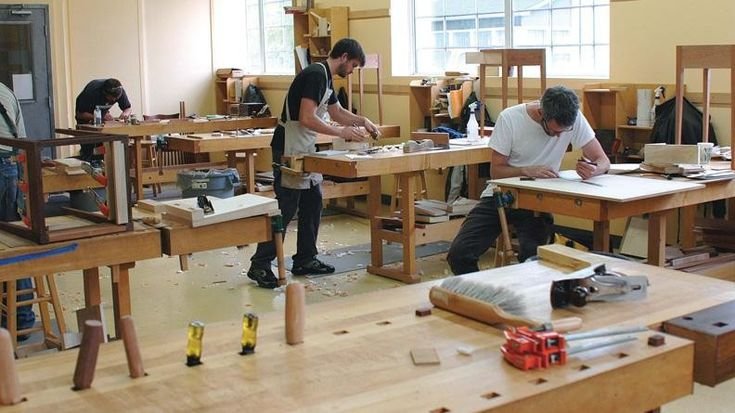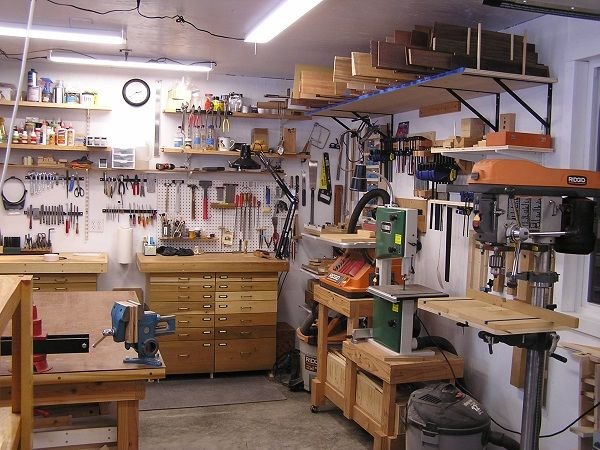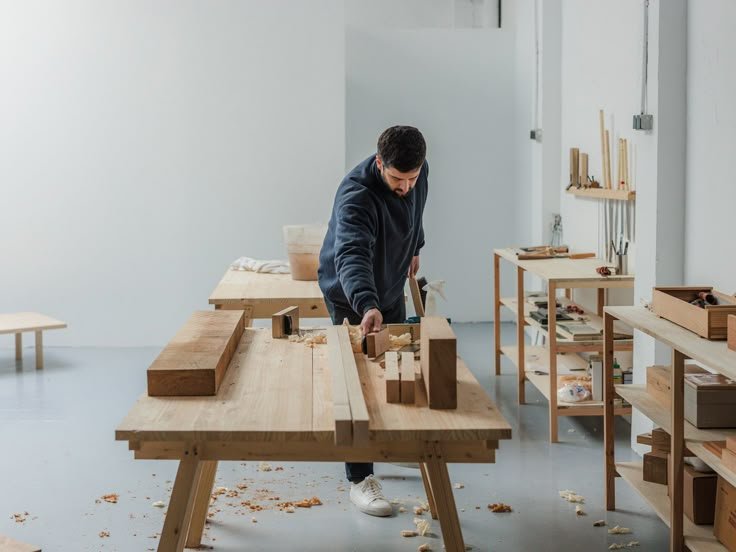Coffee and Cracked Wood: The Truth About Fasteners in Woodworking
Well, let me tell you, sometimes I think woodworking is a lot like a relationship: there are peaks and valleys, and sometimes, things just don’t hold together the way you want them to. It all started last summer, when I decided I’d tackle the great outdoors and finally build that deck I’d been daydreaming about during Sunday afternoon football. I had visions of barbecues, laughter, and maybe even a few family gatherings.
But first, the materials. Oh man, I could spend whole afternoons just wandering around the lumber yard, inhaling that sweet, earthy pine smell. So, there I was, strolling past those perfectly stacked boards, and I couldn’t resist picking up some beautiful pressure-treated pine. It was rough around the edges but had the promise of being sturdy enough for a deck. I could just see the sun glisten on it while my kids ran around playing tag.
As I loaded the wood into the back of my truck, I started dreaming about how I’d arrange the planks, where the stairs would go, and who would be sitting where on those lazy summer days. I was on a roll! Well, at least until I got it home and realized I didn’t have the first clue about how to properly fasten those pieces together.
That’s when the adventure really began. I mean, I figured I could just grab some screws, right? So I marched down to the local hardware store, and, boy, was I in over my head. I stood there, gazing at rows and rows of fasteners and just trying to wrap my mind around it all. Did I need wood screws, deck screws… What’s the difference? The guy behind the counter saw me looking like a deer in headlights and just chuckled. “Hope you brought a good appetite,” he said, “because you’ve got a feast of screws ahead of you!”
That sounds funny now, but at the time, I was just overwhelmed. So, I went with deck screws—made sense, right? Couldn’t be the wrong choice. I plucked up a box of those yellow-coated beauties and thought, “They’re bright! Who wouldn’t want these on their deck?”
Fast forward a few weeks, and I finally got the frame all set up. The sun was shining, birds were singing… I was feeling on top of the world. Then came the screwing. I pulled out my trusty drill, which has been through a lot with me over the years, and started fastening down those boards. But as I tightened the first couple of screws, I suddenly noticed something. The wood started splitting.
Like, oh my God, I totally lost my mind in that moment. I almost gave up! The sound was almost sad—the cracking of that wood echoed in my head like a bad breakup. I thought, “Here I am trying to build my dream deck, and it’s literally falling apart before my eyes!” I mean, wouldn’t you think deck screws would hold up? They had to be designed for this, right? Turns out, I should’ve pre-drilled those holes.
So, there I was, dripping sweat and fighting back frustration, when it hit me: maybe I could learn something from this mess instead of just tossing in the towel. While mulling this over—coffee in hand, listening to my kids play—an idea struck me. I remembered my buddy Frank, who always raved about plywood and some doweling methods he picked up from his grandpa. I said to myself, “Let’s go back to basics.”
I grabbed my old hand drill, which was quieter than my power drill and less likely to cause damage, and started redoing some of the joints. Luckily, it didn’t take long to figure things out. With a little patience and my favorite coffee mug next to me, I managed to get a rhythm going. And wouldn’t you know it, those dowels held everything together beautifully. I could barely believe it when I stepped back to admire my work.
Then came the best part. A few weeks later, after a solid bit of effort (and a few beers for good measure), I finished that deck. It was beautiful, if I say so myself. As neighbors strolled by and offered compliments, I felt a swell of pride mixed with relief. The whole process had taught me more than a thing or two about how to fix what I had initially messed up. Fasteners may seem small in the grand scheme of things, but if they aren’t right, well, the whole project could go right out the window.
And you know, looking back, it wasn’t just about that deck. It was about patience and the willingness to face a few bumps along the way. I’ve since learned that woodworking, like life, can throw a curveball, but it’s how you respond to it that really counts.
If you’re thinking about diving into some woodworking—maybe not building a deck right off the bat—just go for it. Be prepared to make mistakes. The smell of sawdust, the look of freshly cut wood, the sound of a drill… it all comes together in a way that feels almost spiritual. And if your first couple of tries don’t exactly go as planned? Just remember, nothing worthwhile ever came easy, right?
So grab that coffee, roll up your sleeves, and dive in. You might just end up with something beautiful and learn a thing or two about yourself in the process.

